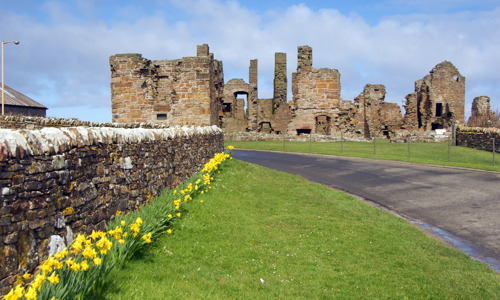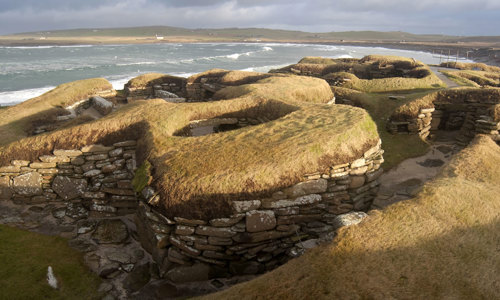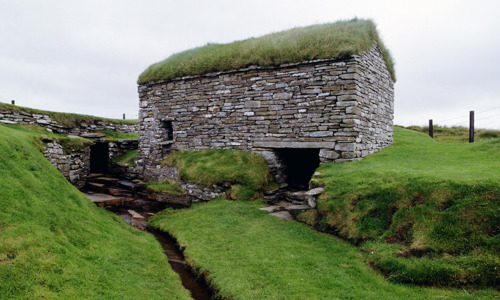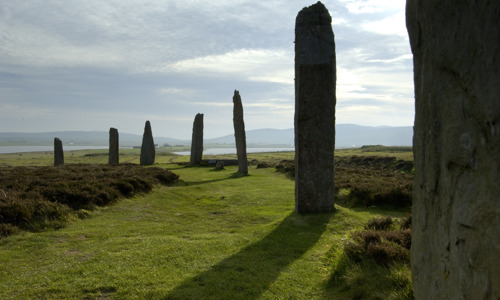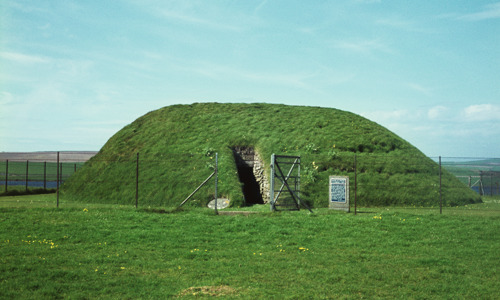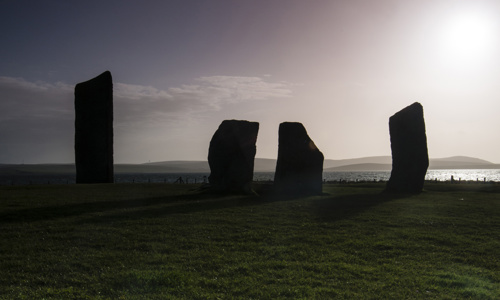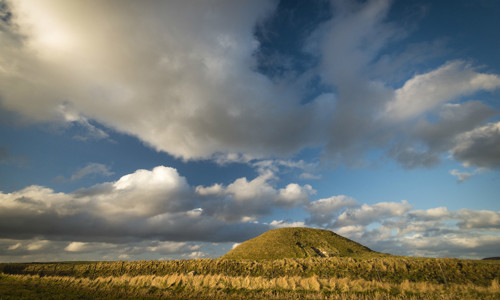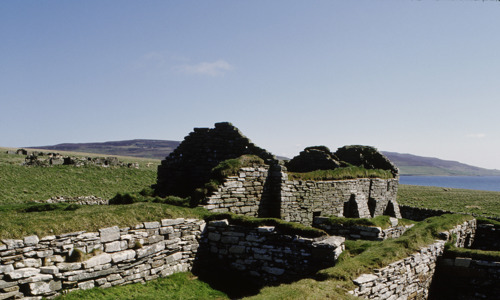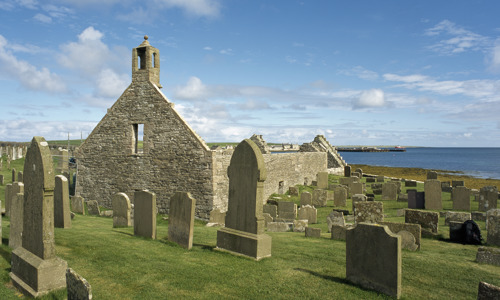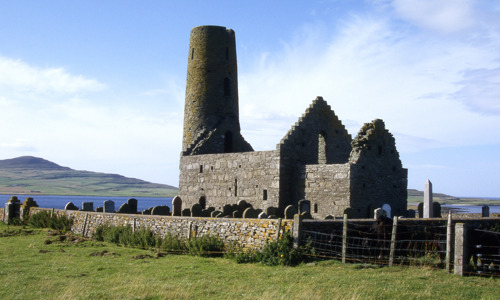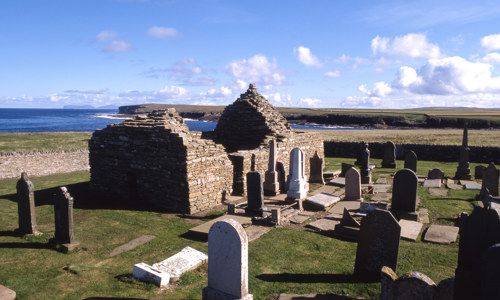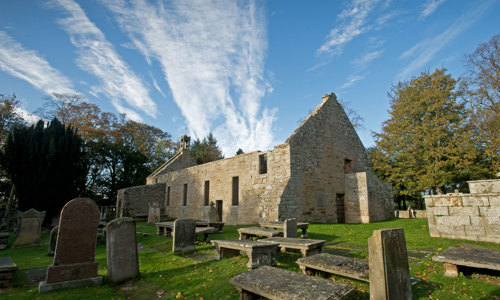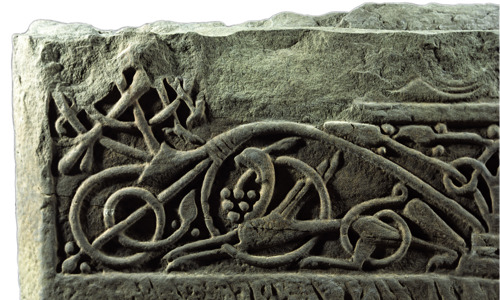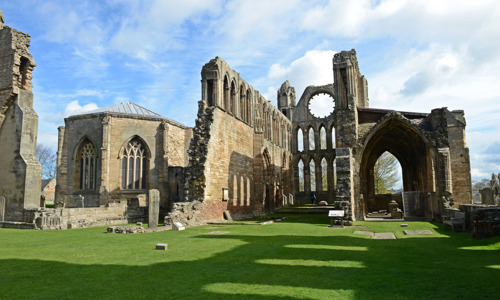History
Today, the Brough of Birsay is a small tidal island off the Orkney mainland. Between the AD 600s and 1200s, the area was settled by the Picts and Norse.
Visible remains comprise:
- a Norse settlement from the 9th to 11th century
- the 12th-century church of St Peter and its monastery
These lie over traces of an earlier Pictish settlement (7th and 8th centuries).
Objects found here tell us that the site was a high status settlement for all of its life. Birsay was probably a Pictish power centre, and the village itself is likely the site of the first Orcadian bishopric (diocese) and seat of the earldom of Orkney.
The words ‘brough’ and ‘birsay’ both come from the Old Norse ‘borg’ (‘fort’), but their meanings are slightly different. ‘Brough’ refers to the natural defences of the island. ‘Birsay’ (previously byrgisey) means an island accessible only by a narrow neck of land.
The Brough of Birsay may help us to understand how Pictish and Norse societies in Orkney interacted. Some Pictish artefacts were found in Norse houses. This may be evidence of peaceful coexistence or they may have been taken by force.
Pictish settlement
Excavations show that Picts lived here in the late 7th century. Today, the most tangible sign of their presence is the symbol stone inside the graveyard. (The stone is a cast; the original is in the National Museum of Scotland, Edinburgh.)
The stone bears four Pictish symbols – mirror case, crescent and V-rod, Pictish beast, and eagle – above an unusual scene featuring three armed men.
There is also a small well from Pictish times on the east side of the churchyard. Evidence of metalworking was found nearby.
High quality objects found at Birsay include:
- brooches
- rings
- bone combs
- dress pins
Traces of Pictish buildings were also found beneath the later Viking houses, but these aren’t visible today.
Norse settlement
Norse people settled on the brough in the early 9th century, and the remains of their houses and barns can still be seen.
The settlement developed over the next 300 years. The building and rebuilding has left a complex maze of walls – one on top of the other – between the later churchyard and the sea.
Still recognisable are:
- the individual rooms of 10th-century houses
- part of a house with underfloor heating
- the possible remains of a 10th or 11th-century blacksmith’s workshop, barn and sauna
Romanesque church and monastery
A small church and what appears to be a monastery were built in the final phase. Apart from St Magnus Cathedral in Kirkwall, this is one of the most sophisticated medieval ecclesiastical buildings to survive in the Northern Isles.
The Romanesque style church has:
- stone benches along the side walls of the nave
- alcoves for altars on either side of the chancel entrance
- a small cloister, housing the domestic buildings, to the north
Birsay’s importance as an ecclesiastical centre declined from the 1100s. The monastery was probably short-lived and may never have been completed.
Natural history
Strong winds and salt spray make this a place for the hardy.
Spring and summer flowers abound:
- blue spring squill
- pink thrift
- yellow bird’s-foot trefoil
Hundreds of sea birds nest on the cliff ledges and were no doubt once a source of meat and eggs. Puffins can be seen in spring and early summer, nesting in burrows near the cliff edge.


